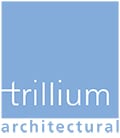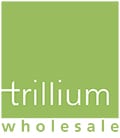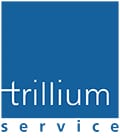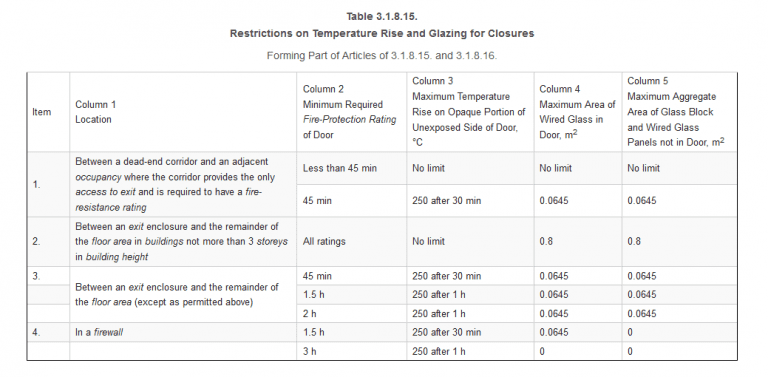Temperature Rise Doors are critical to a building's fire and life safety design. This article explains what they are, where they are required and how they differ from fire rated doors.
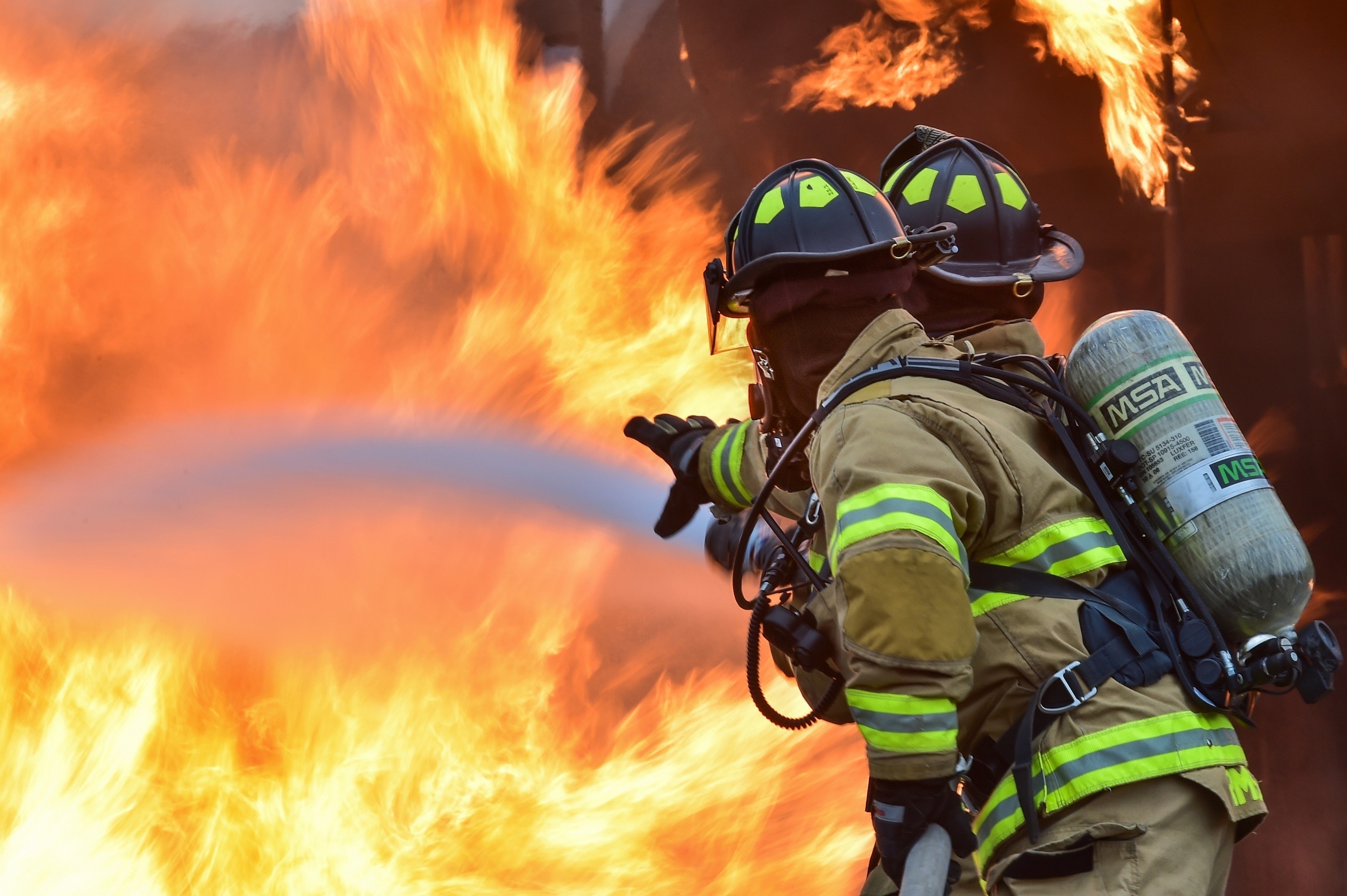
What Are Temperature Rise Doors?
Temperature rise hollow metal doors are a critical fire and life safety requirement for high-rise buildings in Canada.
They are designed to restrict the transfer of heat from one side of the door to the other for a specified time span (either 30 or 60 minutes). This prevents the risk of injury and burns from touching the face of a door when a fire is burning on the other side and ensures occupants can exit a building safely.
Temperature rise doors offer a higher degree of protection than fire rated doors, which are only designed not to burn or melt, but do not control heat transfer.
Where Are They Used?
In a high-rise emergency, it takes time for occupants from the upper floors to exit.
Imagine that a fire breaks out on the fifth floor of a nine-story building. Occupants on floors six and above will need to pass the fire in order to exit the building.
Each level of the building must have controls in place to limit heat transfer, ensuring stairwells and exit corridors do not become too hot to pass, and giving occupants time to exit safely.
Temperature rise stairwell doors will help prevent the stairwell area from becoming too hot for people to pass. They will also protect against burns if someone touches the surface of the door on the non-fire side.
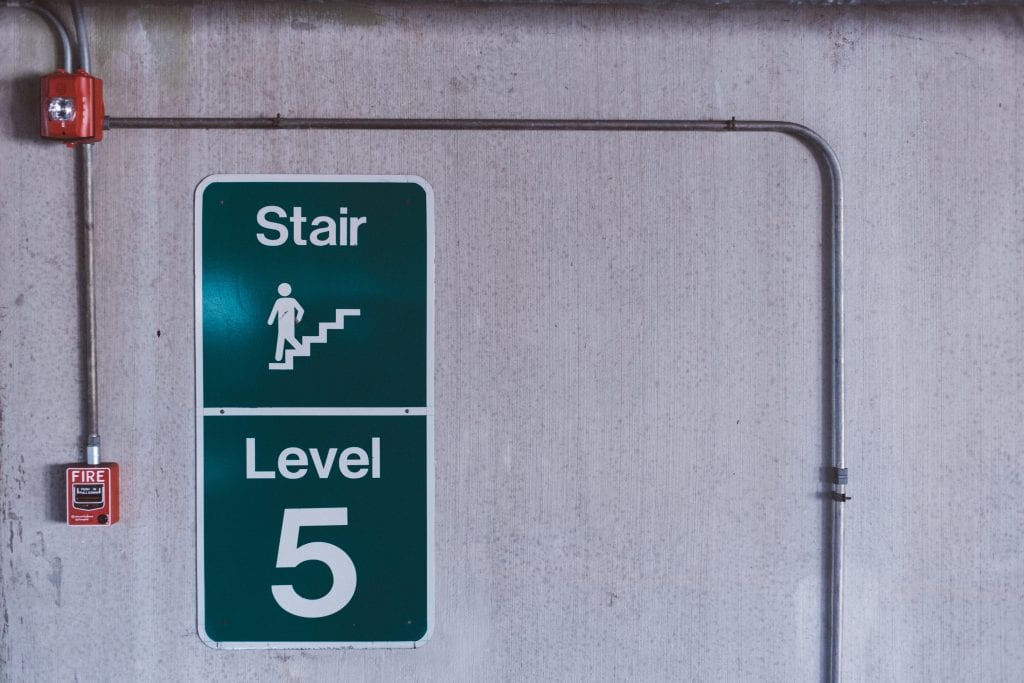
Ontario Building Code Requirements for Temperature Rise Doors
The requirement for temperature rise doors is clear from a code perspective.
Per section 3.1.8.15 of the Ontario Building Code, buildings over three stories in height require temperature rise rated doors in the following applications:
- A fire exit enclosure without vestibule condition with a minimum required fire rating of 45 minutes must be provided with a temperature rise limit of 250 degrees Celsius at 30 minutes (heat transfer to be limited to a maximum 250 degrees for a duration of 30 minutes).
- A fire exit enclosure without vestibule condition with a minimum required fire rating of 90 minutes must be provided with a temperature rise limit of 250 degrees Celsius at 60 minutes (heat transfer to be limited to a maximum 250 degrees for a duration of 60 minutes).
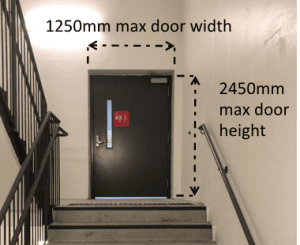
The Code specifies that door lites may not exceed 645 square centimeters (approx. 100 square inches).
At the 250 degree Celsius at 60 minute limit, sizing is restricted to a maximum width of 1250mm (approx. 49″) and a maximum height of 2450mm (approx. 96″), which is the largest successfully tested temperature rise composite door core.
Identifying Temperature Rise Doors
Temperature rise doors can be identified by a label, similar to the labelling system for fire rated doors.
Great care should be taken when reviewing labels to ensure the temperature rise rating is adequate for the application. This is particularly important because fire labels often indicate a temperature rise rating that might not correspond to the applicable code requirement.
For example, a standard fire rated door label (45 minutes or 90 minutes) might indicate the following: “Temperature Rise Exceeds 650 degrees Fahrenheit at 30 minutes”. This means the temperature will exceed 650 degrees within 30 minutes. The label is telling us the door gets too hot too quickly – not that it performs better than required.
In this instance, the fire door, will greatly exceed the 250-degree Celsius limit and become dangerously hot. This is not a temperature rise rated door.
To ensure temperature rise and fire rating requirements are met, inspection by a Certified Fire Door Assembly Inspector (CFDAI) is recommended for all new construction. Architects can include this requirement as part of the building commissioning process to ensure compliance.
Comparing Labels for Fire Rated and Temperature Rise Doors



These labels are for 45 minute fire-rated doors and state the doors will heat up beyond 650 degrees Fahrenheit in 30 minutes. These are not temperature rise doors.



These labels are for 90 minute fire-rated doors and will heat up beyond 650 degrees Fahrenheit in 30 minutes. These are not temperature rise doors.



These labels are for temperature rise doors. They state the doors will only reach 250 degrees Celsius in 60 minutes of fire exposure.
